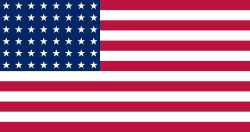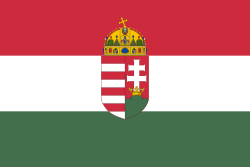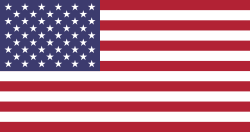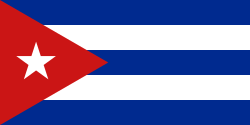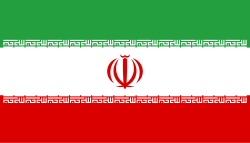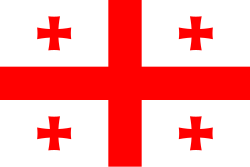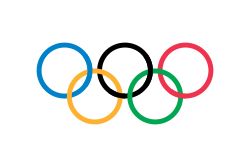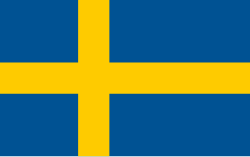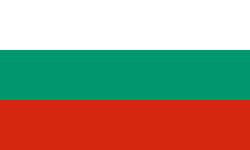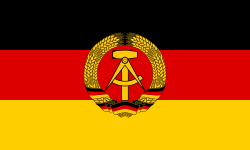Kustaa Pihlajamäki
| Kustaa Pihlajamäki | |
|---|---|
 | |
| Narození | 7. dubna 1902 Nurmo |
| Úmrtí | 10. února 1944 (ve věku 41 let) Helsinky |
| Příčina úmrtí | peritonitida |
| Povolání | zápasník a policista |
| Příbuzní | Hermanni Pihlajamäki (bratranec) |
| Některá data mohou pocházet z datové položky. | |
| Přehled medailí | ||
|---|---|---|
| zlato | LOH 1924 | volný styl do 56 kg |
| stříbro | LOH 1928 | volný styl do 61 kg |
| zlato | LOH 1936 | volný styl do 61 kg |
| Mistrovství Evropy v zápasu řecko-římském | ||
| zlato | ME 1930 | pérová váha |
| zlato | ME 1931 | pérová váha |
| zlato | ME 1933 | pérová váha |
| zlato | ME 1934 | pérová váha |
| zlato | ME 1937 | pérová váha |
| zlato | ME 1938 | pérová váha |
| zlato | ME 1939 | pérová váha |
| Mistrovství Evropy v zápasu ve volném stylu | ||
| stříbro | ME 1931 | lehká váha |
| zlato | ME 1934 | pérová váha |
| zlato | ME 1935 | pérová váha |
| stříbro | ME 1937 | pérová váha |
Kustaa Kustaanpoika Pihlajamäki (7. dubna 1902, Nurmo – 10. února 1944, Helsinki) byl finský zápasník, věnoval se oběma stylům.
Čtyřikrát startoval na olympijských hrách ve volném stylu a vybojoval tři cenné kovy. V roce 1924 na hrách v Paříži vybojoval zlatou medaili v bantamové váze. O čtyři roky později na hrách v Amsterdamu vybojoval stříbrnou medaili v pérové váze a v roce 1936 na hrách v Berlíně vybojoval zlato v pérové váze. Startoval také v roce 1932 na hrách v Los Angeles, kde v lehké váze vypadl ve třetím kole.
Vybojoval deset medailí na mistrovstvích Evropy, z toho 8 zlatých a 2 stříbrné.
Zápasu se věnoval také jeho bratranec Hermanni Pihlajamäki.
Externí odkazy
 Obrázky, zvuky či videa k tématu Kustaa Pihlajamäki na Wikimedia Commons
Obrázky, zvuky či videa k tématu Kustaa Pihlajamäki na Wikimedia Commons - Kustaa Pihlajamäki v databázi Olympedia (anglicky)
Média použitá na této stránce
Olympic Rings without "rims" (gaps between the rings), As used, eg. in the logos of the 2008 and 2016 Olympics. The colour scheme applied here was specified in 2023 guidelines.
Olympic Rings without "rims" (gaps between the rings), As used, eg. in the logos of the 2008 and 2016 Olympics. The colour scheme applied here was specified in 2023 guidelines.
US Flag with 45 stars. In use 4 July 1896–3 July 1908. Created by jacobolus using Adobe Illustrator, and released into the public domain. This flag was used during the Spanish-American War.
US Flag with 45 stars. In use 4 July 1896–3 July 1908. Created by jacobolus using Adobe Illustrator, and released into the public domain. This flag was used during the Spanish-American War.
Finská vlajka
US Flag with 48 stars. In use for 47 years from July 4, 1912, to July 3, 1959.
Flag of Hungary, from 6 November 1915 to 29 November 1918 and from August 1919 until mid/late 1946.
Variant version of a flag of Japan, used between January 27, 1870 and August 13, 1999 (aspect ratio 7:10).
(c) I, Cmapm, CC BY-SA 3.0
The flag of the Soviet Union (1955-1991) using a darker shade of red.
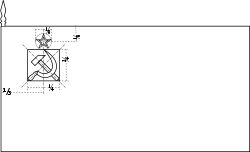
(c) I, Cmapm, CC BY-SA 3.0
The flag of the Soviet Union (1955-1991) using a darker shade of red.

Flag of Iran. The tricolor flag was introduced in 1906, but after the Islamic Revolution of 1979 the Arabic words 'Allahu akbar' ('God is great'), written in the Kufic script of the Qur'an and repeated 22 times, were added to the red and green strips where they border the white central strip and in the middle is the emblem of Iran (which is a stylized Persian alphabet of the Arabic word Allah ("God")).
The official ISIRI standard (translation at FotW) gives two slightly different methods of construction for the flag: a compass-and-straightedge construction used for File:Flag of Iran (official).svg, and a "simplified" construction sheet with rational numbers used for this file.
Olympijská vlajka
Georgian flag in Pantone MS.
Kustaa Pihlajamäki
Flag of South Korea (1949-1984)



